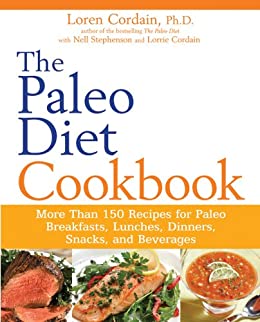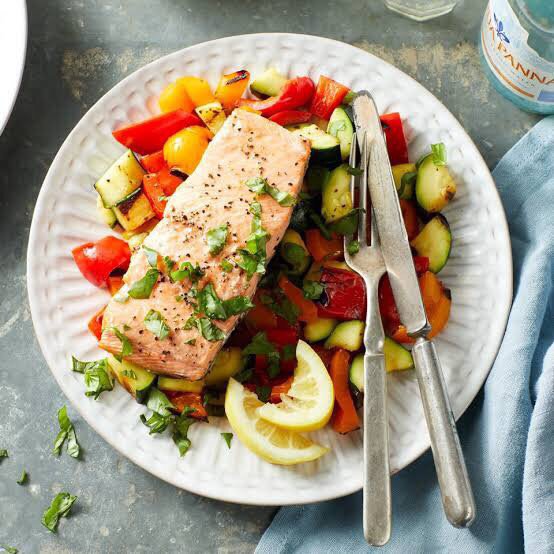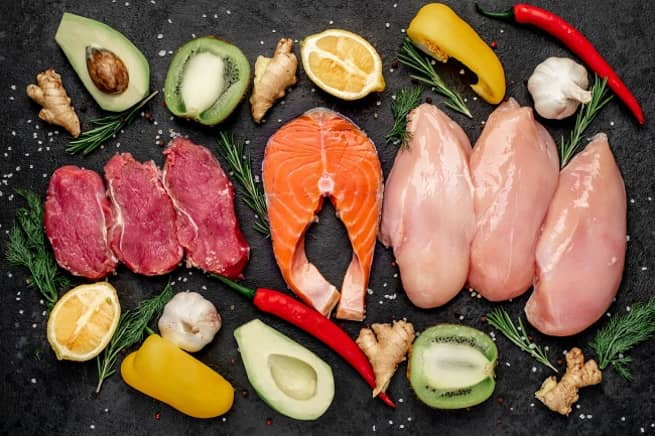
The benefits of a Paleo diet are numerous. A diet that is based on plant-based food is low in saturated fats, cholesterol, and processed foods. This diet is sometimes called the Primal Food Diet. It promotes good overall health through a plant based diet. Processed foods are also high in empty calories and have few nutrients. However, foods made from animal products are high in nutrients and offer many health benefits.
Research on the benefits of a Paleo diet
The Paleo diet is not perfect for everyone. It is not a failproof solution, but it can yield heart-healthy results if followed properly. The Paleo diet is a way to avoid processed foods, refined grains, alcohol, and add sugars. It also includes plenty of whole foods and fruits. For people with heart problems, it is best to avoid this diet.
Paleo can help improve your cardiovascular health. The effects were seen within half a year of the diet and continued to improve for two years. Although these results may seem small, these results should be encouraging for those at high cardiovascular risk, who may benefit from additional steps to stay healthy. Additional benefits of the Paleo diet include lower cholesterol and a lower chance of developing type 2 diabetes.

Additionally, the Paleo diet bans processed foods as well as refined fats. The Paleo diet can also help reduce weight. Research has shown that the Paleo diet can improve the health of those suffering from metabolic syndrome and type 2 diabetes. The benefits of this diet may be seen as soon as two weeks. Paleo-followers tend to be more committed to the diet than others.
Foods that are allowed in a Paleo diet
A diet that does not include grains and processed foods can help improve health and lower cholesterol. For some people, however, it can be difficult to get enough calories without giving up refined carbs. Paleo food can help someone with high cholesterol to lose weight. However, this doesn't mean that they have to compromise the principles of the diet. These are some of these foods that can be included in the Paleo diet.
Some foods that are allowed in a Paleo-style diet are not heart-healthy. These foods include red meats, butter, coconut oils, and ghee. These foods contain high amounts of saturated fats which may increase your risk for heart disease. However, many people who follow the Paleo diet report that the meat and poultry they eat is not unhealthy. They do, however, contain plenty of omega-3 fats, which are important for heart health.
While the Paleo diet has become a popular choice, not all Paleo advocates it. Some mainstream nutrition organizations and health professionals do not recommend this diet, so it's important to know the evidence before deciding whether to follow the plan or not. The paleo diet attempts to recreate the hunting-gatherer diet. The paleo diet encourages eating natural plant and animal foods. It does not include refined sugars or flour. This diet emphasizes vegetables, fruits and nuts as well as lean meats.
Paleo Diet: How to Lower Cholesterol

A Paleo-style diet can lower cholesterol in a few ways. These tips will make a significant difference to your cardiovascular health. This diet emphasizes fruits, vegetables and avocados. It also eliminates sugars and transfats. Studies have shown that this type of diet reduces cholesterol and reduces waist circumference and blood pressure. It can lower the likelihood of developing cardiovascular disease and type 2 diabetes. You should still follow the advice of your doctor to make sure the diet is right for yourself.
The Paleo diet doesn't exclude dairy but does restrict dairy intake. Although dairy is an important element of healthy bones, you will need other sources to replace it. You'll also have to get about one-third of your calories from carbohydrates. Paleo is a low-carb diet. It is not clear if this diet is safe for the heart.
Another way to lower cholesterol on a Paleo-style diet is to increase your exercise. Although it might temporarily increase cholesterol, it is far better than continuing to eat a junk-diet. As long as you make sure to eat plenty of lean protein and a moderate amount of fat, you should see improvements in your cholesterol levels. However, it is not healthy to eat too much of either.
FAQ
How Much Does It Cost to Study Culinary Arts?
The price of studying culinary arts varies widely. For example, a 4-year degree costs about $40,000. On the other hand, a two-year associate's degree may cost less than $5,000. Tuition rates vary depending on what program you choose. Private institutions charge higher prices than public ones.
Do I need special equipment to cook?
No, you don't need any special equipment to learn to cook. However, the right tools can make it easier to cook. For example, a knife could be used for pasta making or a whisk would be better than a hand mixer for whipping egg whites to stiff peaks. The right tools make cooking easier and faster.
How do I motivate to cook?
When you cook with your family and friends, cooking is enjoyable. Cooking for yourself is much more enjoyable than cooking for others. Try making something new if your goal is to become more motivated to cook. You'll learn new techniques, and you'll be inspired to cook. It's also possible to use recipes from other cultures in order to broaden your culinary knowledge.
Are there any free online cooking classes?
You can find free cooking lessons on many websites. YouTube has many videos that will show you how to cook different dishes. You can access thousands of recipes from some websites. These sites usually require you to pay a monthly fee, but you can try them out for free for 30 days.
Statistics
- In the United States, the category is estimated at $23.2 billion annually and is growing faster than the market. (washingtonpost.com)
- You'll be amazed that over 90% of CIA students receive scholarships and grants to finish their culinary studies. (ischoolconnect.com)
- According to the BLS, chefs earn $58,740 a year. (learnhowtobecome.org)
External Links
How To
How to make a perfect eggroll
Omelets have always been a favourite food to eat for breakfast. But how do you make them perfectly? I have tried many different recipes and methods, but none of them work. So I am sharing some tips and tricks today to help you make fluffy, delicious omelets every morning.
We should first know that eggs are very temperamental ingredients when making omelets. It is important that eggs are fresh from an organic market and kept cool until used. They must be kept cool, otherwise the whites will not form properly and the yolks may become runny. This causes your omelets to look oddly colored. It is best to use room-temperature eggs if you are going to cook them right away.
Another tip is to separate your egg before adding it into the pan. You don't want any white to get mixed up with the yolk because this could cause the omelet to curdle.
You might burn the bottom of the egg if you place the egg directly on the stovetop. This could ruin the texture of your omelet. Instead, heat the egg for 10 seconds in the microwave before placing it in the pan. The microwave heat will cook the egg just right without making it too hot.
Next, let’s talk about mixing the egg. Mix eggs well together. Turn the bowl upside down and grab the whisk to do this. Then, vigorously shake the bowl. By doing this, the egg is thoroughly mixed with the air in the bowl.
Now comes the fun part - pouring the milk into the mixture. The first step is to pour half of the milk in the beaten eggs. Next, fold the eggs into the remaining milk. Don't worry if there are still streaks of egg visible; these streaks will disappear once you flip the omelet.
After you have folded the eggs, heat the oil in a pan over medium heat. Once the oil has started to sizzle, turn the heat down to low. Once the oil begins to heat, add 1/4 cup butter and swirl the pan to coat it. Next, carefully open the lid and sprinkle salt into your pan. A pinch of salt will help prevent the omelet from sticking to the pan.
Once the omelet forms, cover the pan again. Let the top side set completely. Flip the omelet by using a spatula. Cook the second side for a minute or so. Take the omelet out of the pan and immediately serve.
This recipe is best made with whole milk. However, it can also be used with skimmed milk.